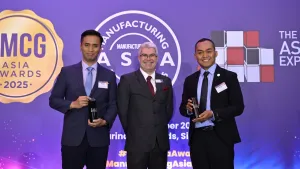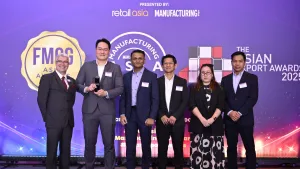
ASEAN manufacturing output declines into contraction for the first time in 3 years
Headline index drops to 7-month low.
ASEAN manufacturing output contracted in September, the first time in three years, an S&P Global PMI survey data said.
The headline S&P declined to 50.5 in September from 51.1 in August. While recording above the neutral 50.0 thresholds for a ninth straight month, the latest reading suggested only a fractional improvement in ASEAN manufacturing conditions and the weakest since February.
The slowdown was largely attributed to cooling underlying demand trends. Growth in new orders eased, with the latest surge the softest recorded in seven months. The upturn was blocked by consistently underperforming trade volumes, which have been declining since June 2022.
”PMI data for ASEAN signalled growth easing to a near crawl in September. Output fell back into contraction territory, while a sharp downturn in trade volumes heavily weighed on overall demand, which rose only slightly. Nonetheless, employment figures increased and confidence levels improved, indicating that companies still anticipate higher output over the next 12 months,” said Maryam Baluch, an economist at S&P Global Market Intelligence.
On a positive note, she added that inflationary pressures continued to ease in September. “The subdued price environment may prompt other ASEAN economies to consider loosening their monetary policy, similar to the Philippines, particularly in light of slowing output growth,” Baluch stressed.
Weaker demand trends resulted in fresh decline in output, with ASEAN goods producers experiencing their first drop in three years. But the overall rate of contraction was minimal. Whilst manufacturers continued to increase their purchasing, the rate of growth also eased from August and was only mild.
Additionally, a fresh rise in payroll numbers was noted in September. Months of improving sales volumes supported the modest rise in employment, which was also the joint-strongest along with February’s reading in two years.
The rate of input price inflation cooled since August with cost burdens rising at the weakest pace in 13 months. The rate of charge inflation also softened and was marginal overall.
Confidence in the outlook for output registered an improvement, with optimism reaching its highest level since the start of the year. ASEAN manufacturers are hopeful that output will grow over the next 12 months.















